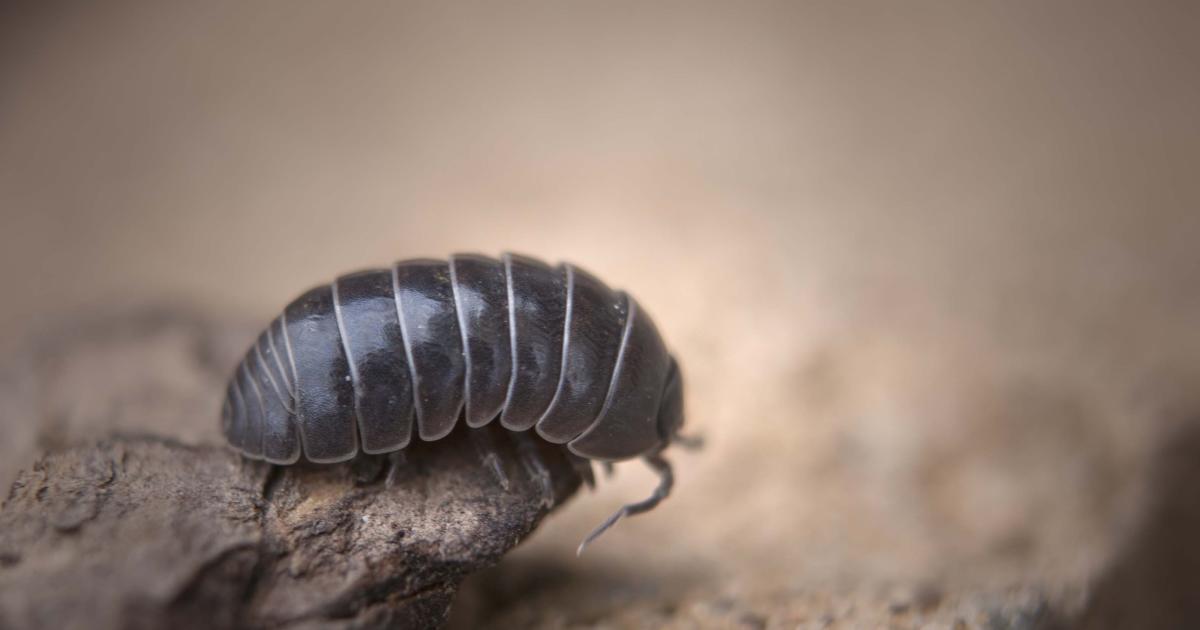The human hand is a fascinating example of evolutionary development, boasting 27 degrees of freedom and unparalleled touch sensitivity. However, these same qualities that make our hands so useful also make them incredibly challenging to replicate in robots. Recognizing this, a team of researchers has decided to abandon traditional human-derived gripper designs and explore a new alternative: woodlice.
Now, before you conjure up images of desiccated and re-inflated tarantula corpses, let me clarify. In 2022, a team at Rice University created manipulators using tarantula remains as a proof of concept. They discovered that spiders’ limb movement is driven by fluid pressure and flexor muscles, rather than the antagonistic muscle pairs that mammals possess. Unfortunately, this approach was limited by the lifespan of the corpses.
Building upon this earlier work, Dr. Josephine Galipon and her team at Japan’s Tohoku University have developed a new system using live insects. What sets their approach apart is that they have employed living organisms as end effectors for robotic arms, a unique concept thus far. The team utilized both captured woodlice (commonly known as rolly-pollies) and captive chitons (small marine mollusks) to temporarily serve as robotic hands.
The process involved 3D printing tiny seats for the animals to sit on at the end of the robot’s manipulator arm. The woodlice were tasked with picking up tufts of cotton, while the chitons handled submerged cork objects. The results were promising. The woodlice interacted with the cotton for about two minutes, showcasing some level of manipulation skills. On the other hand, the chitons firmly held onto their prizes and had to be actively separated from them. This success is especially noteworthy considering the challenges faced with mechanical methods like suction cups underwater.
However, it is essential to address the ethical concerns surrounding the welfare of these test animals. Dr. Galipon emphasized the desire to establish a cooperative relationship with sentient animals, allowing for mutual interaction. The goal is to ensure that the animals are not forced to perform against their will but instead have the freedom to go about their day. It’s worth noting that this approach is far less invasive than previous research involving cyborg cockroaches.
The work of Dr. Galipon and her team represents an exciting advancement in the field of robotics. While there is still much work to be done before these concepts can be fully implemented into efficient robotic systems, the potential for using living organisms as robotic hands opens up intriguing possibilities. By leveraging the unique abilities of creatures like woodlice and chitons, researchers are pushing the boundaries of what robots can achieve.
Note: All products recommended by Engadget are chosen independently by our editorial team and are not influenced by our parent company. Some of our articles contain affiliate links, and if you purchase something through these links, we may earn an affiliate commission. All prices are accurate at the time of publication.
Denial of responsibility! TechCodex is an automatic aggregator of the all world’s media. In each content, the hyperlink to the primary source is specified. All trademarks belong to their rightful owners, and all materials to their authors. For any complaint, please reach us at – [email protected]. We will take necessary action within 24 hours.
Alex Smith is a writer and editor with over 10 years of experience. He has written extensively on a variety of topics, including technology, business, and personal finance. His work has been published in a number of magazines and newspapers, and he is also the author of two books. Alex is passionate about helping people learn and grow, and he believes that writing is a powerful tool for communication and understanding.


